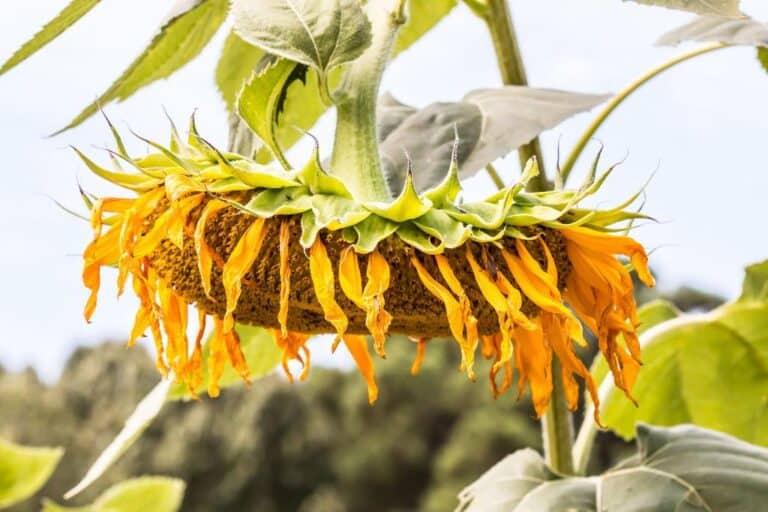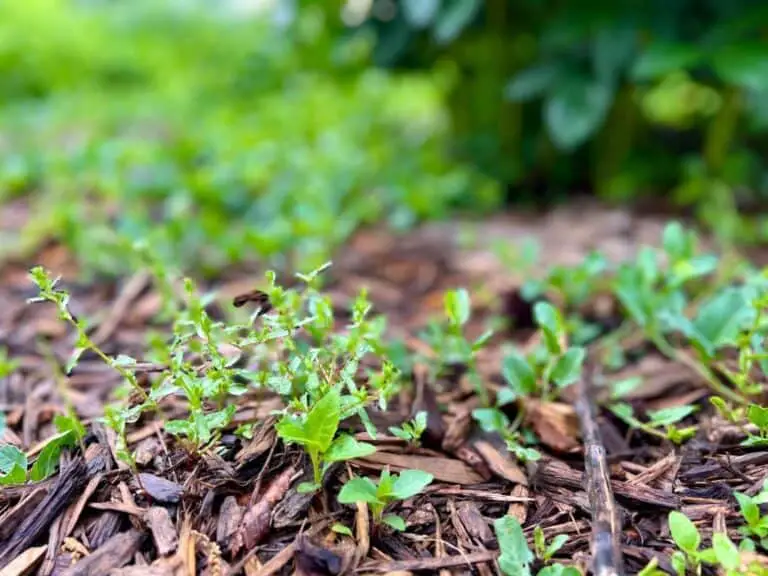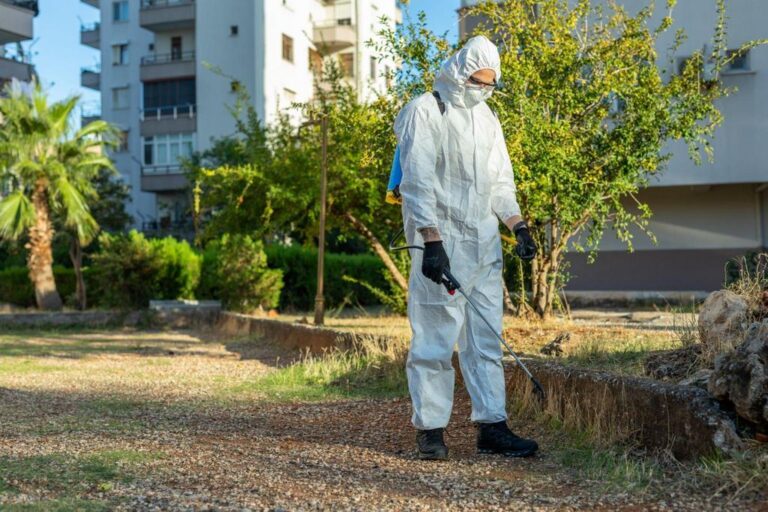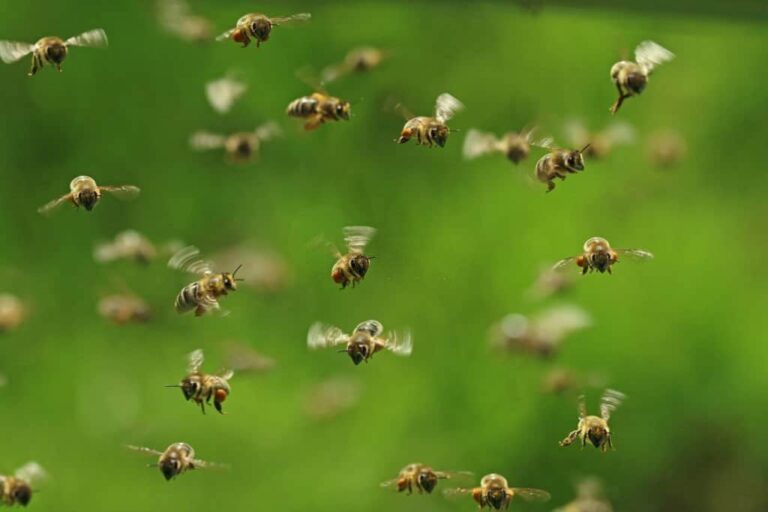How Long Should You Wait To Pull Weeds After Spraying Roundup or Weed Killer?
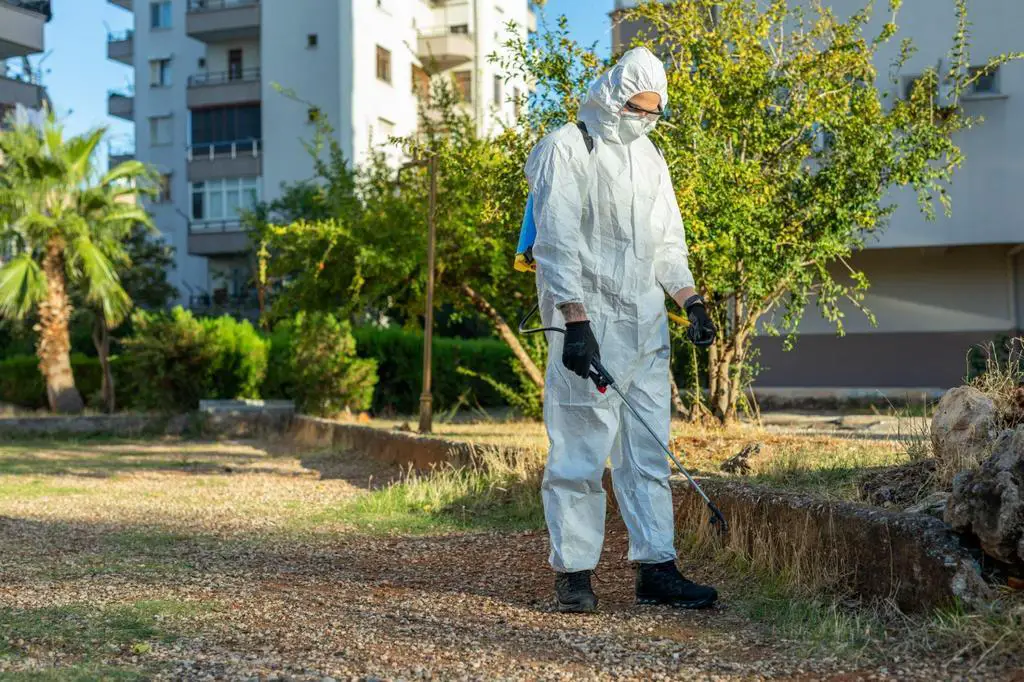
Weeds are an unavoidable nuisance for anyone with a garden or yard. They pop up unexpectedly, quickly grow out of control, and can quickly ruin the beauty of your carefully tended plants. One solution to this problem is using weed killers, such as Roundup or other herbicides. However, once you’ve sprayed your weeds, you may be left wondering how long you should wait to pull them out.
It’s a common question, and the answer is not always straightforward. The time you should wait to pull weeds after spraying Roundup or weed killer depends on the type of plants you want to grow. According to the manufacturer of Roundup, it is safe to plant ornamental flowers, shrubs, and trees the next day, and grasses and edible plants and trees after three days
In this article, we’ll take a closer look at how long you should wait before pulling weeds after using Roundup or weed killer, and why it’s important to get the timing right. Whether you’re a seasoned gardener or a beginner, understanding the best practices for weed control can help you maintain a healthy and beautiful outdoor space. So, let’s dive in and explore this topic together.
Importance of Weed Control
Weed control is an important part of keeping a garden, lawn, or crop field healthy and looking nice. Weeds are unwanted plants that can compete with desirable plants for resources such as water, sunlight, and nutrients.
In addition, weeds can harbor pests and diseases, which can spread to desirable plants and cause extensive damage. The unchecked growth of weeds can also reduce the yield of crops and degrade the overall quality of the landscape.
Weed control can be achieved through various methods, including mechanical, chemical, and cultural.
- Mechanical methods involve physically removing weeds by hoeing, hand-pulling, or tilling. These methods can be effective but may not completely eliminate the weed problem since they may leave behind roots or seeds that can sprout again.
- Chemical weed control involves the use of herbicides, which are chemicals that kill or suppress the growth of weeds. Herbicides can be selective, meaning they target specific types of plants, or non-selective, meaning they kill all plants they come into contact with. Chemical weed control can be an effective and efficient way to control weeds, but it requires careful consideration and proper application to avoid damage to desirable plants, harm to humans or animals, and environmental pollution.
- Cultural methods of weed control involve modifying the growing conditions of desirable plants to make them less susceptible to weed growth. This includes techniques such as crop rotation, mulching, and proper irrigation. These methods can reduce weed growth by creating an environment that is less favorable to weed growth while promoting the growth of desirable plants.
Why Do You Need Roundup or Weed Killer?
Roundup is a popular herbicide that works by targeting an enzyme at the weed’s roots that is necessary for plant growth. It is non-selective, meaning it can kill any plant it comes into contact with, including weeds, grasses, and even trees. It is easy to use and can quickly and effectively kill weeds at the root, preventing them from growing back.
Roundup or weed killer is used to eliminate unwanted plants or weeds in gardens, lawns, and other areas. Roundup is a well-known weed killer that has the ability to kill over 250 different types of weeds, including crabgrass, dandelions, and clovers.
Glyphosate is the active ingredient in Roundup and is also found in many other herbicides. Glyphosate was first registered in the United States in 1974 as the active ingredient in Roundup but is now available in many commercial herbicide products.
Using Roundup or any other weed killer requires taking precautions to ensure your safety and the safety of your plants and animals. Before using Roundup, read the label carefully and follow the instructions provided. Wear protective clothing, such as gloves and eye protection, and avoid spraying on windy days or near water sources. Also, be aware of the environment around you and take a targeted approach to avoid hurting plants you want to keep.
When using Roundup, it is important to apply it properly. Apply it directly to the leaves of the weed and avoid spraying any other plants or the soil. The best time to apply Roundup is when the weeds are actively growing and have plenty of leaves to absorb the herbicide. This is usually in the spring or early summer when the weather is warm and sunny.
How Long Should You Wait To Pull Weeds After Spraying
One of the most common questions gardeners and homeowners ask when using weed killers is, “How long should I wait to pull weeds after spraying?” The answer to this question depends on several factors, including the type of weed killer used, the weather conditions, and the size and type of weeds.
If you are using a non-selective weed killer like Roundup, it is best to wait two to three days before pulling the weeds. This enables the herbicide to enter the weed, spread throughout the plant, and start killing it from the root up. Pulling the weed too soon after spraying may remove the herbicide from the plant, preventing it from being effective in killing the weed.
On the other hand, if you are using a selective weed killer, which targets specific types of weeds, it may be necessary to wait longer before pulling the weeds. This is because selective herbicides can take longer to kill the weed, and pulling the weed too soon may not remove the entire plant or root system, leading to regrowth.
Weather conditions can also impact the timing of weed pulling. It is best to avoid pulling weeds after spraying if it is raining or if rain is expected within 24 hours. Rain can wash away the herbicide before the weed has a chance to absorb it, reducing its effectiveness.
Lastly, the size and type of weeds also play a role in the timing of weed pulling. Small, annual weeds may begin to wilt and die within a few hours of spraying, while larger, perennial weeds may take several days or even weeks to fully die off. It is best to wait until the entire plant is visibly dead and brown before attempting to pull the weed.
Precautions When Using Roundup or Weed Killer
Roundup, also known as glyphosate, is a popular weed killer used to control the growth of unwanted plants in lawns, gardens, and crop fields. Even though Roundup is typically believed to be safe when used as the manufacturer instructs, it is still a chemical that, if used incorrectly, can harm people, animals, and the environment. As such, it is essential to take precautions when using Roundup or any other weed killer.
- Always wear appropriate personal protective equipment (PPE). This includes gloves, long-sleeved shirts, long pants, closed-toe shoes, and eye protection. PPE helps to prevent skin and eye contact with the herbicide, which can cause skin irritation, eye irritation, or even chemical burns. It is also essential to wash PPE thoroughly after use to avoid contamination.
- Avoid spraying on windy days or when there is a risk of overspray. Overspray can occur when the wind carries the herbicide to unintended areas, such as neighboring gardens or crops, which can cause damage to desirable plants or harm to animals. It is also essential to avoid spraying near water sources, such as ponds or streams, as Roundup can be toxic to aquatic life.
- Use Roundup according to the manufacturer’s instructions and to avoid exceeding the recommended application rate. Over-application can lead to the accumulation of the herbicide in the soil, which can harm desirable plants or pollute groundwater. It is also essential to store Roundup in a cool, dry place and to keep it out of reach of children and pets.
- Lastly, it is essential to dispose of Roundup properly after use. This means not pouring it down the drain or throwing it in the trash. Instead, Roundup should be taken to a designated hazardous waste disposal facility or collected by a hazardous waste collection program.
Conclusion
After spraying Roundup, it is important to wait before pulling the weeds. This waiting period ensures that the herbicide will effectively kill the weed at the root and allows the plant to absorb all of it. It is recommended to wait at least two to three days before pulling the weeds. When pulling the weeds, use a firm grip and pull them out at the root to prevent regrowth.
While Roundup can be an effective solution to weed control, it is important to also use other methods to prevent weed growth in the first place. This can include mulching around plants, manually removing weeds, or using a hoe to disrupt weed growth. Regular maintenance and monitoring of your garden or farm can help catch weeds before they become a problem.

